Community SL Testimonials
| Year 2018 | 2019 | 2020 | 2021 | 2022 | 2021 | 2023 | 2024 | 2025 |
The Nagasaki Foundation for the Promotion of Peace and Nagasaki University
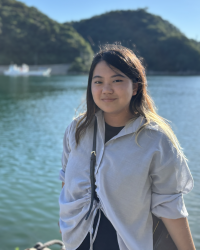
Yuna NONAKA
Through service-learning, I deeply felt the significance of learning about peace in Nagasaki, a city that experienced the atomic bombing. At the Nagasaki Foundation for the Promotion of Peace, I gained many insights through volunteering at a photo exhibition and participating in the Nagasaki Peace Forum. At the Research Center for Nuclear Weapons Abolition (RECNA) at Nagasaki University, I had an opportunity to reflect on my experiences from an academic perspective.
While Nagasaki stands as a powerful symbol of the devastation of war, it’s also a place where peace activities carry hidden challenges and a sense of heaviness that often goes unnoticed. I believe it was only by visiting the site in person that I was able to truly understand that reality.
One particularly memorable experience was volunteering at the photo exhibition held at the city library. Many visitors were second- or third-generation atomic bomb survivors, and as they shared memories and struggles of their families, I was able to connect with the “memories” and “feelings” that cannot be conveyed through the exhibition alone. The question “Can peace truly be achieved?” struck me as a personal issue—one that I must confront as someone living in today’s society.
This experience was not just about gaining knowledge; it was a valuable opportunity to think about peace from multiple perspectives. The encounters, conversations, and even the moments of confusion and inner conflict all became irreplaceable learning experiences. It truly was a month filled with both “action” and “learning.”
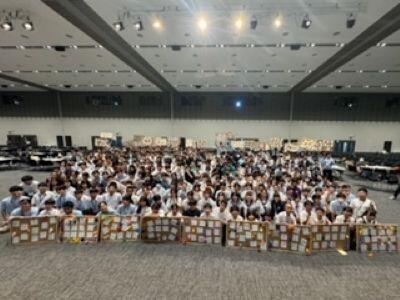
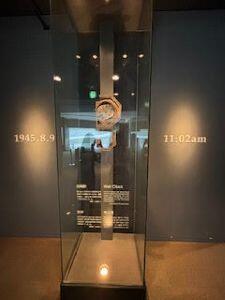
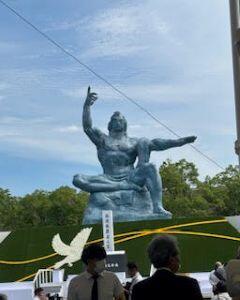
|
The Nagasaki Foundation for the Promotion of Peace and Nagasaki University
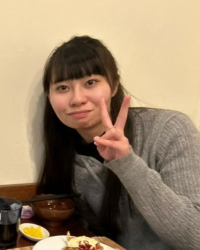
Hinaho HORIGUCHI
Learning about the Nagasaki atomic bombing through activities with local residents was an incredibly valuable experience. In this milestone year marking 80 years since the end of World War II, I was able to participate in various peace-related events, which gave me time to reflect deeply on the meaning of peace.
While planning events together with students who grew up in Nagasaki—a city that experienced the atomic bombing—and who have received peace education since childhood, I realized that my own views were not necessarily the mainstream. This led me to gain new perspectives.
One particularly memorable moment was having the opportunity to speak directly with the former mayor of Nagasaki. Since I have an interest in public policy, hearing about actual initiatives related to peace and urban sustainability was a significant learning experience. We discussed a wide range of topics, including development around the station, stadium construction, and municipal government systems, which helped me better understand the realities and efforts on the ground.
Service-learning is not just about gaining knowledge—it’s a meaningful experience that fosters human connections and social awareness. It’s the kind of program that leaves a lasting impression, making you want to stay involved with the community even after the activities are over.



|
Asian Rural Institute
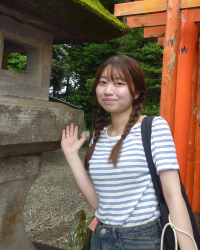
Miu SAITO
At the Asian Rural Institute, I was able to immerse myself in an environment full of international diversity while in Japan. Just having the opportunity to hear from people with a wide range of backgrounds was a valuable experience.
One of the most memorable aspects was the lifestyle of waking up at 4:30 a.m. to begin the day’s activities. Starting work in the early morning—a routine I would never experience in my daily school life—made each day feel long but fulfilling. I also remember the mealtime vividly. Because participants gathered from around the world, the meals included many unique local dishes. It was fascinating to see unfamiliar foods served as if they were completely ordinary, and sharing those meals together around the table was a truly enjoyable experience.
Looking back on the activities, I found it especially meaningful to have developed the habit of keeping journals at the activity site, a practice I learned in the pre-departure classes. Keeping journals helps me preserve and reflect on my experiences. Additionally, concepts like “positionality” and “transformation of questions,” which were difficult to grasp through lectures alone, became much clearer once I lived and worked at the site.
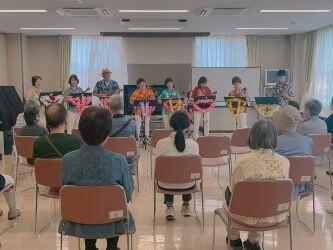
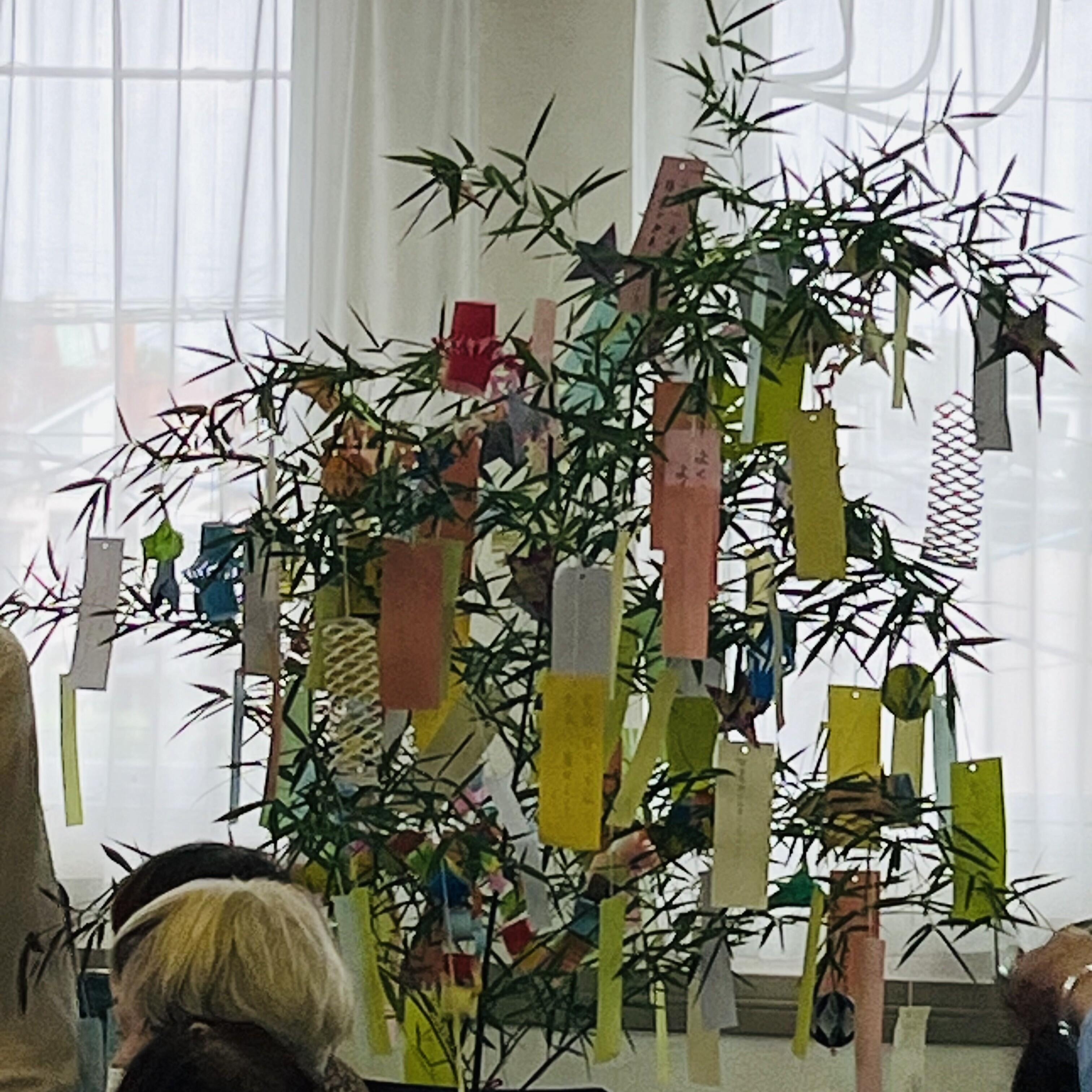
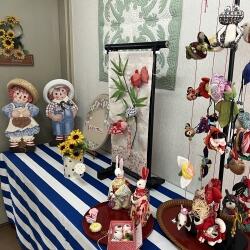
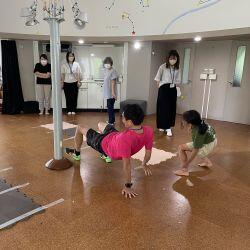
|
Public Interest Incorporated Association MORIUMIUS
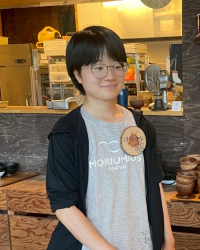
Hana HIBINO
Through meetings and emails exchanged with the host organization before physically departing, I was able to clarify the content of the service-learning (SL) program. This process helped me to be aware of what it means to engage in SL, and to reflect on what I want to do and learn. I felt like my SL activities had already started.
During activities, I interacted with a wide range of people—staff members at MORIUMIUS, residents of Ogatsu Town, government officials, corporate employees, and children—each with different backgrounds. Through our conversation, I was able to learn about their diverse ways of living and working.
One of the most memorable experiences was the interaction between children and local residents during the nature experience program. Children who had previously participated in the “fishing village study abroad” program were delighted to reunite with familiar faces, and the reunion was a special moment for the local residents as well. Even the children who were participating for the first time were warmly welcomed and began to feel a sense of comfort in the community. I realized that these relationships help children feel that the region is their “hometown,” and also bring vitality to the community. I believe that continuing these connections is key to the future.
Me too hope to keep in touch with the relationships I’ve had with MORIUMIUS and Ogatsu Town through SL.
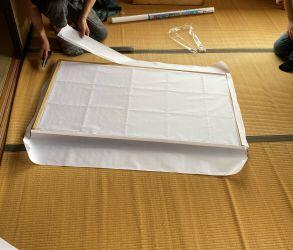


|
Nonprofit Organization HOUBOKU

Haru NINAGAWA
I decided to participate in this program because I resonated with the course’s objective: “Connecting service activities to academic learning and giving back to society.” Through the lectures, I learned perspectives for reflecting on my activities, such as the meaning of service and the concept of positionality, which made my service experience more meaningful.
One particularly memorable event during the activity was attending a funeral of a support recipient arranged through a mutual aid society. I was touched by being welcomed into the space, even though I had only been with for a short time. The deceased’s life was shared, eulogies were read by those close to and everyone came together to send the person off.
Through service-learning (SL) activities, I encountered an aspect of society that cannot be encountered through classroom learning alone, and felt a strong sense of connection with many people. It truly was a month, as someone at the activity site told: “Meet many people and make connections.” I believe the true appeal of SL lies in these encounters and connections. When we think of the face of someone we have a connection with, we can treat others with kindness. I hope that as more people have such warm experiences, the world will become a little more compassionate place.
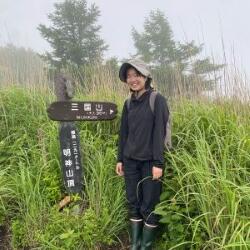
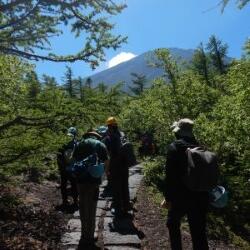
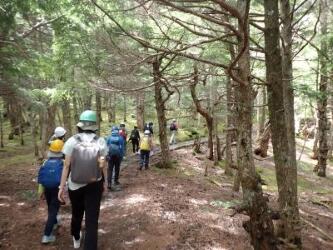
|

